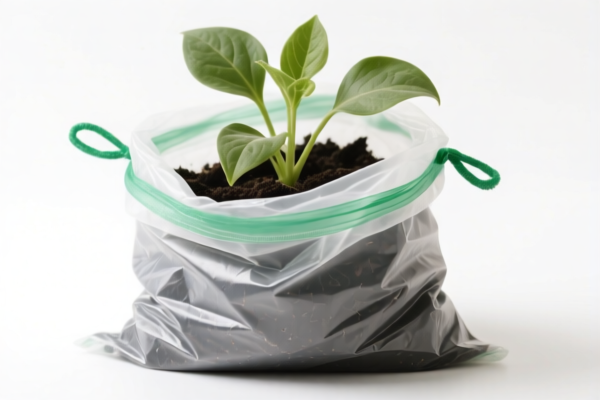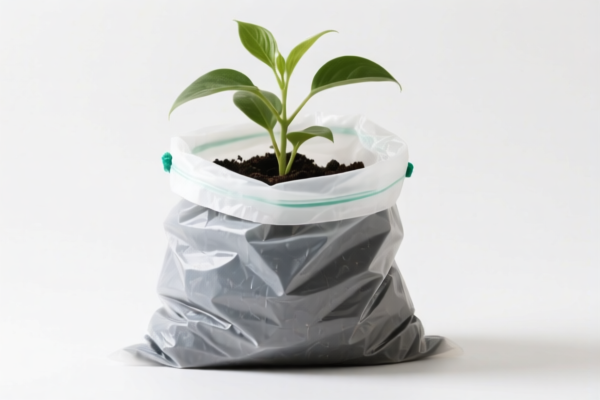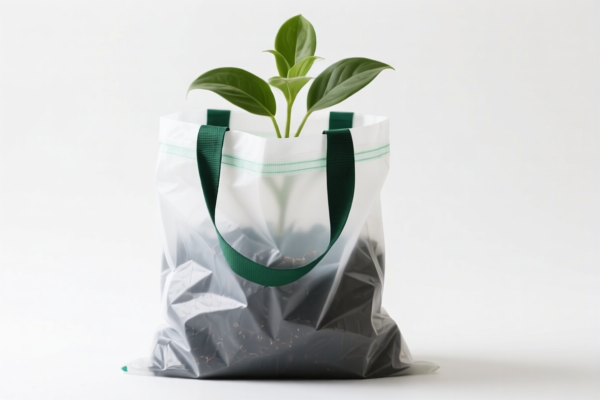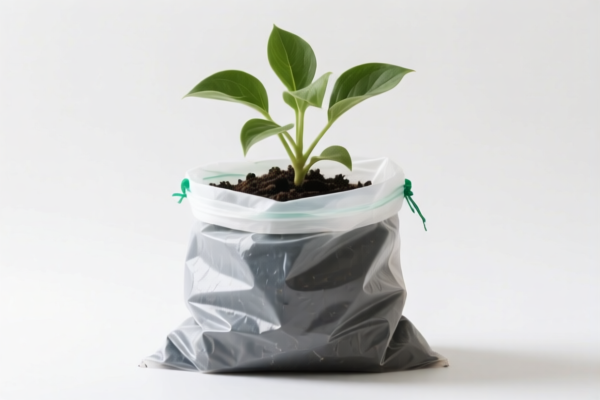| HS Code | Official Doc | Tariff Rate | Origin | Destination | Effective Date |
|---|---|---|---|---|---|
| 8424899000 | Doc | 56.8% | CN | US | 2025-05-12 |
| 8424820090 | Doc | 57.4% | CN | US | 2025-05-12 |
| 8479899599 | Doc | 57.5% | CN | US | 2025-05-12 |
| 3923900080 | Doc | 58.0% | CN | US | 2025-05-12 |
| 3915900090 | Doc | 55.0% | CN | US | 2025-05-12 |
| 3915100000 | Doc | 55.0% | CN | US | 2025-05-12 |




Leaf Blower Bag
A leaf blower bag is a container used in conjunction with a leaf blower to collect leaves, debris, and other garden waste. It facilitates the efficient removal of collected material from lawns, gardens, and other outdoor spaces.
Material
Leaf blower bags are typically constructed from the following materials:
- Paper: Often multi-layered paper, designed for single-use or limited reuse. These are generally the most economical option.
- Plastic: More durable than paper bags, plastic bags can be reused multiple times. Common plastics used include polyethylene and polypropylene.
- Fabric: Constructed from woven or non-woven polypropylene, fabric bags are the most durable and reusable option, often featuring a higher capacity and improved airflow.
Purpose
The primary purpose of a leaf blower bag is to:
- Collect Debris: Gather leaves, grass clippings, twigs, and other garden waste blown by a leaf blower.
- Transport Waste: Allow for easy movement of collected material to a disposal location (compost pile, yard waste bags, etc.).
- Reduce Mess: Contain debris, preventing it from scattering during blowing and transport.
Function
A leaf blower bag functions by:
- Attachment: Connecting to the discharge port of a leaf blower via a nozzle or adapter.
- Airflow: Utilizing the airflow generated by the leaf blower to create suction, drawing debris into the bag.
- Containment: Holding the collected debris until it is emptied.
Usage Scenarios
Leaf blower bags are commonly used in:
- Residential Lawns & Gardens: For routine leaf and debris cleanup.
- Landscaping & Groundskeeping: By professionals for larger-scale cleanup operations.
- Seasonal Cleanup: Particularly during autumn leaf fall.
- Construction/Renovation: Collecting debris from outdoor work sites.
Common Types
- Standard Bags: Typically paper or plastic, designed for general use with most leaf blower models.
- Heavy-Duty Bags: Constructed from thicker plastic or fabric for increased durability and capacity.
- Reusable Fabric Bags: Offer the highest durability and are designed for repeated use. Often feature improved airflow and wider openings.
- Self-Closing Bags: Feature a mechanism that automatically closes the bag when removed from the leaf blower, preventing debris from spilling.
- Specific Model Bags: Designed for compatibility with particular leaf blower brands or models, ensuring a secure fit and optimal performance.
Based on the provided information, a leaf blower bag is likely related to articles for the conveyance or packing of goods, specifically those made of plastics. Here's a breakdown of relevant HS codes:
-
3923900080: Articles for the conveyance or packing of goods, of plastics; stoppers, lids, caps and other closures, of plastics: Other Other. This code covers a broad range of plastic packaging articles, which would include bags used for collecting leaves with a leaf blower.
- 39: Chapter 39 covers plastics and articles thereof.
- 23: Heading 23 specifically relates to articles for the conveyance or packing of goods, of plastics.
- 900080: Subheading 900080 denotes "Other" plastic articles within this category.
-
3915900090: Waste, parings and scrap, of plastics: Of other plastics Other. If the leaf blower bag is being imported as recycled material or waste, this code may be applicable.
- 39: Chapter 39 covers plastics and articles thereof.
- 15: Heading 15 specifically relates to waste, parings and scrap, of plastics.
- 900090: Subheading 900090 denotes "Of other plastics" within this category.
-
3915100000: Waste, parings and scrap, of plastics: Of polymers of ethylene. If the leaf blower bag is made of polyethylene and is being imported as recycled material or waste, this code may be applicable.
- 39: Chapter 39 covers plastics and articles thereof.
- 15: Heading 15 specifically relates to waste, parings and scrap, of plastics.
- 100000: Subheading 100000 denotes "Of polymers of ethylene" within this category.
Regarding HS code 3923900080, please note that the imported goods are classified as "Other" plastic articles. It is important to verify the specific material composition of the leaf blower bag to ensure accurate classification.
Customer Reviews
No reviews yet.